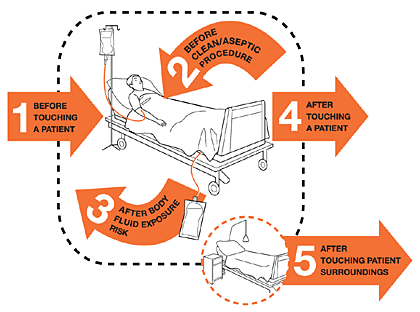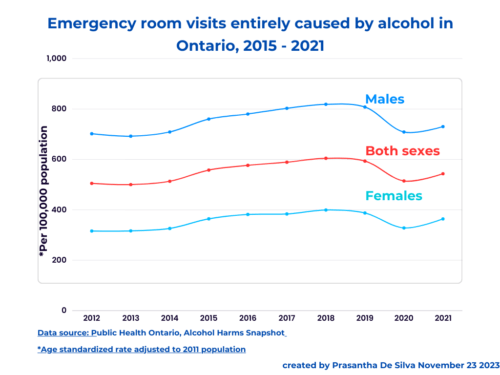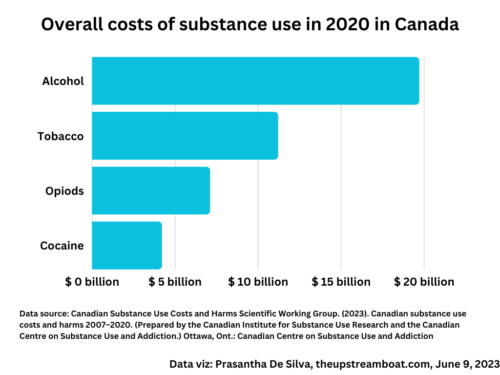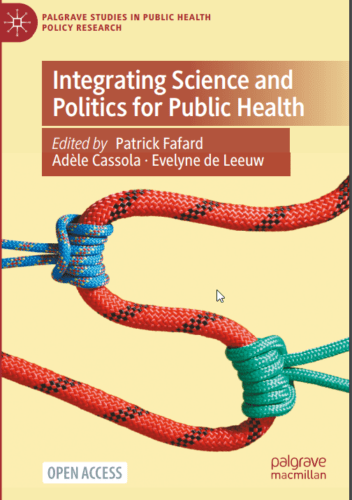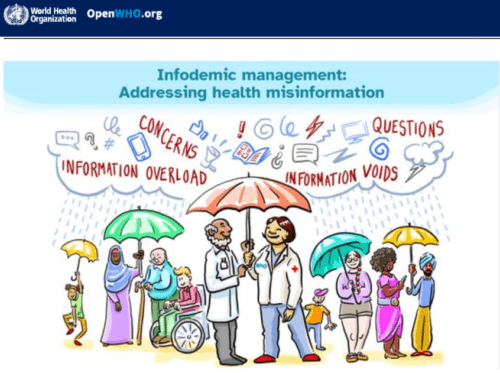Category: Infection control research
WHO’s Multi-modal Hand Hygiene Strategy
In 2009, the WHO published its hand hygiene promotion strategy. It was a multi-modal strategy and consisted of five modes. These were as follows; WHO’s multi-modal hand hygiene strategy Moreover, the WHO published a guide to facilitate the implementation of those strategies. I summarized it below. Component 1: System change Contrary to my expectation, it is not about a systems change per se; rather, it refers to availability and accessibility to products that require handwashing: alcohol-based hand rub at the point of care; access to a safe, continuous water supply, soap, and towels. Component 2: Training and education This refers…
Education alone does not improve hand hygiene
Does education alone improve handwashing compliance among healthcare workers in a hospital setting? According to the study that I discuss below, the short answer to the above question appears to be no. However, this study has adopted a before-after intervention design without a control group. The more accurate interpretation should be that education/feedback intervention alone is inadequate to improve handwashing compliance significantly. Setting Two ICUs and one general medical ward in a US hospital Target audience All healthcare workers Study design Before-after intervention /observational study Intervention Six in-service education/feedback intervention per each unit Main outcome measure Direct observation of handwashing…
Alcohol sanitizers and hand hygiene compliance
Hand hygiene has become nowadays one of the most heard behavioral activities. It is one of the most effective actions we should do to prevent the spread of the COVID 19 virus. Therefore alcohol hand sanitizers are an essential commodity. The healthcare workers are not an exception. However, adherence to cleaning hands with 70 percent alcohol hand sanitizers by healthcare workers requires promotion. Simply, alcohol hand sanitizers should be made accessible at hand whenever necessary, most of the time at bedside of patients in hospitals. Does alcohol-based hand rub sanitizers, when accessible, improve hand hygiene compliance among healthcare workers? The…
Handwashing signage at point-of-use
Is reminder signage at point-of-use to promote handwashing for hospital healthcare workers effective? The conclusion is No. Setting acute care hospitals in the US Target audience all healthcare workers Number of units involved 58 in-patient units in 9 hospitals Method cluster-randomized clinical trial; units were randomly assigned to (1) no change; (2) weekly change; and (3) monthly change. Intervention reminder signs were placed next to Alcohol-based dispensers Assessment covert observation at entry and exit points to patients’ rooms Conclusion no statistically significant effect Interpretation Nudging by changing signs did not influence hand hygiene practices. Journal reference October 23, 2019. doi:10.1001/jamanetworkopen.2019.13823…
Research on health workers’ hand hygiene compliance promotion:1
During this unprecedented COVID 19 pandemic, healthcare workers are one of the most vulnerable high-risk groups who have been contracting the virus, second only to the seniors living in long-term care facilities. In this background, I looked at the existing evidence about one crucial aspect in the prevention and control of spreading the virus: healthcare workers’ hand hygiene. During my exploration, I found a systematic review of systematic reviews published in 2018. A systematic review of systematic reviews – 2018 As anyone can guess, there has been a large number of research available in the world for someone to conduct…


